But thy now may also be distracted by their "hand phone".
Laundry still hangs to dry in the sun.
And Mosques in all their varieties as found across the landscape.
Foe some reason this new, big mosque going up in Solo reminded me of the many temples rising along the Wasatch Front.
Where bikes were once everywhere, motor bikes now rule the rural roads.
Indonesia is still taking COVID seriously. Masks were required on the train (and no one complained or refused) and masks were handed out to every passenger. Trains today are a vast improvement over the rickety old cars we rode in the 70s.
For our first evening in Jogja, Will, Dan Olsen and I cruised Marlboro street looking for soccer jerseys, batik and food. We we successful except for the jerseys.

The stages of batik making from first waxing on the left through two waxing and two dyings.

For our first morning in Jogja we went to the Batik museum to learn about batik and then then each make our own batik. It was a great activity.
The brass cap (stamp) and wax pens used to draw or stamp designs on the cotton material. The material has been waxed, but no yet died.
Brass stamps (cap)
Many batik patterns are full of symbolism and are used in special occasions like weddings.

We were given a piece of cloth with a pencil tracing on it. Our job was to use the pen like tool (canting) with a wax container/reservoir and a small spout used to draw wax on the cloth.
It was hard. The canting would drip where not intended and would bleed wide or narrow.
Before the cloth was dripped in hot water to wash away the wax.

While walking to get lunch we passed this old Dutch Prison that remined me of the Hanoi Hilton.
When planning our itinerary, I thought a service project would be a good idea. I contacted my friend Subandriyo to see about helping at any of the schools in Jakarta or Jogja that he works with in terms of either teaching English or helping with curriculum. He recommended the three-year-old University Nahdlatul Ulama (UNU). NU is a moderate Islamic organization. The largest in Indonesia. One of its former leaders was Abdurrahman Wahid (Gus Dur) who became friends with LDS Church leaders. While serving as president of Indonesia he granted permission for LDS foreign missionaries to once again serve in Indonesia. The LDS Church and NU have partnered on many humanitarian projects and both work to support religious tolerance in Indonesia. Faculty of the English Teaching program zoomed with me as we set up a plan. The first day we met for introductions, comparing cultures, making posters about the two cultures and then explaining those posters to other students. It was a fun afternoon.
One of the poster making groups.
Our excellent guide was once a profession dancer playing the role of Hanuman in nightly Ramayana dances at Prambanan. He showed us some of his moves as he related the story of the Ramayana.
The president of Indonesia asked that this steeple top that fell during the earthquake not be replaced, but be kept on the grounds as a reminded of the destruction of earthquakes.
Everywhere we go people want to take photos with us, not usually me, just the cute, young, hip students.
With our student and faculty friends from UNU.
A glimpse of Mt Merapi.
A big Buddhist temple in the same complex. Evidence of the coexistence of Hinduism and Buddhism from the early arrival of traders to the East Indies.
For lunch UNU treated us to a delicious lunch of rendang (curried green jackfruit)--Jogja's famous dish, chicken legs and feet, egg and rice.
After lunch we visited a NU sponsored pesantren (Islamic boarding school) on the northwest rural outskirts of Jogja. This joglo (covered gathering place) is where students are taught and where we held our panel discussion on religious tolerance.
Gus dur (AKA Abudurrahman Wahid): The more educated a person, the greater their tolerance.
The welcoming boys band singing a rousing song in praise of the prophet Mohammed. It was explained to me that while NU is traditional in it adherence to Islam it is open to new ideas and changes which includes singing such songs, something more strict Muslims would not do. Pesantren are often associated with teaching a strict fundamentalists approach to Islam that can turn into extremism (and even terrorism). NU pesantren are not that. The purpose of our visit was to share thoughts and views about our (LDS and NU) shared desire for religious tolerance and understanding. Originally we were going to have a similar discussion with the UNU students at the university, but then when I arrived in Jogja I was informed about this new plan and that I was one of the speakers!
The first speaker was a professor of Islam from NU. He gave a great summary of NU approaches to religious tolerance. I then shared stories of coming to Indonesia and learning about Islam for the first tie and realizing that we shared many similar beliefs and practices.
Here is what I posted on Social media that day: Every once in a while you find yourself in a Pesantren (Islamic boarding school) on the rural outskirts of Jogjakarta that is run by the moderate and tolerant Nahdlatul Ulama (Indonesia’s largest Muslim organization) speaking mostly in English but also Indonesian and Arabic about experiences and feelings about religious tolerance and how NU and its former leader Gus Dur (who I met years ago at BYU) exemplify and practice religious tolerance. @Universitas Nahdlatul Ulama Jogjakarta

The moderator kneeling as she facilitates a Q & A. There were some very good questions.
Next day we visited to the amazing Borobudur. Sadly COVID restrictions prevented anyone from climbing up the seven levels of the candi.
Worn out.
Afterwards we enjoyed a delicious lunch of hydroponically grown food at Joglo Deso in Muntilan. It is owned and operated by church members Bertha and Hendro
While eating they told us about their experiences of coordinating the distribution of church relief supplies in Aceh after the Tsunami. They took time off work and flew to Medan and Aceh where they loaded up trucks of food and supplies to be taken into isolated coastal villages.
This unique museum (Remnants of My Property/Treasure) is in two homes hit by ash and hot air blasts. It contains remnants from homes hit by the eruption.
"When you see the remnants of the eruption then you should reevaluate the meaning of this life."
Clock melted to a stop at the time of the eruption.
We climbed in the jeeps as high as the bunker and then a little beyond that to the home of Marijan.
A rock bomb spewed out of the crater in the eruption and hurled 3 kms down the mountain.
Rock and ash quarry. Some of it still steaming hot (hence the steam as the hot material is dug up) from volcanic activity a few months ago.
This bunker was built as a place of refuge from an eruption, but in 2010 it was covered with layers of hot ash that baked two people who had sought refuge inside.
Maridjan was the mystic of the mountain. He had a sense for when it would erupt. He chose not to evacuate feeling that his duty was to stay on the mountain he loved. His wife and children evacuated and survived. He and two aid workers died in the blast. It melted the car the volunteers were using to help evacuate other.
One of our nights in Jogja, Will and I went to visit some old Fiends. I met Suharni (back right) when she arrived at USU with her husband Suprojo for his PhD. Their youngest daughter Utami (reddish brown scarf, now a mother of four) was about 5 years old. later she came to BYU with her husband Winny for her MA in physics. Five years ago Joel and I visited their family. Now it was Will's turn. They recently took a post Ramadan road trip across Java and Sumatra all the way to Aceh. My type of folks.
























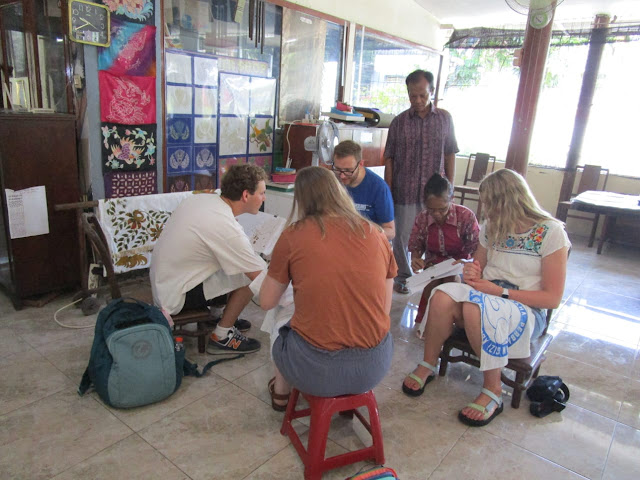




















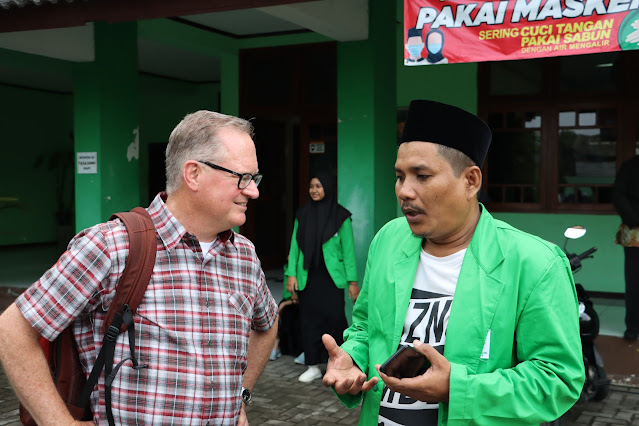


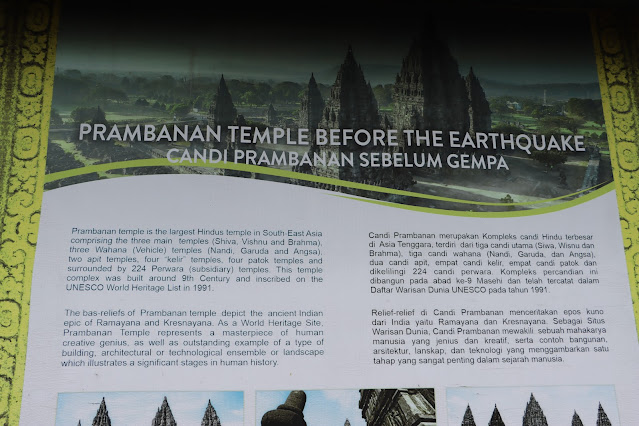



































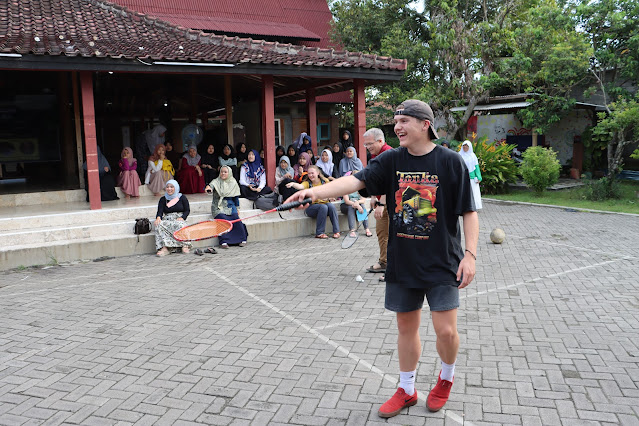




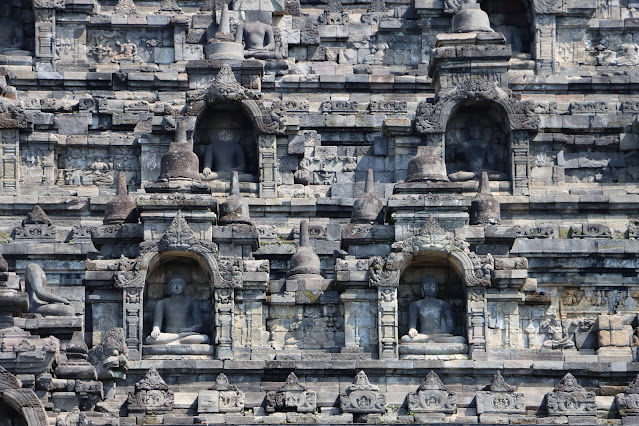


















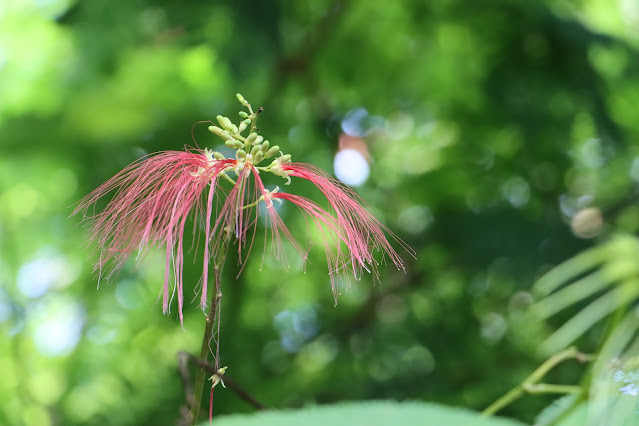
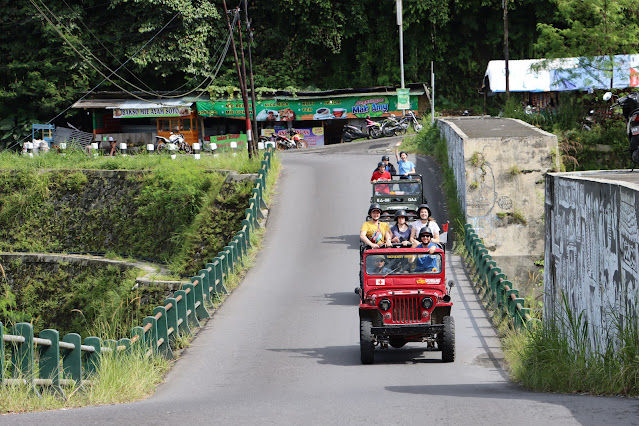































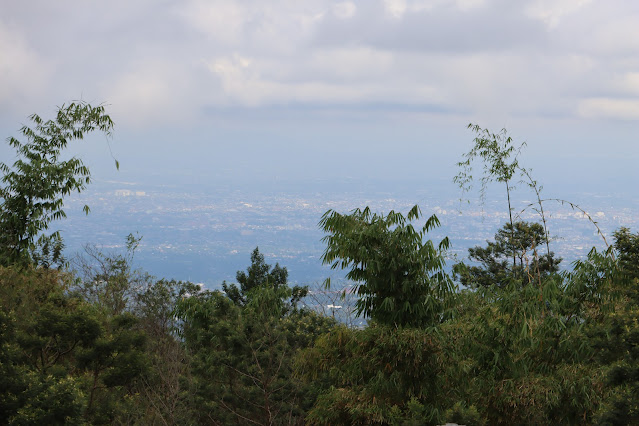

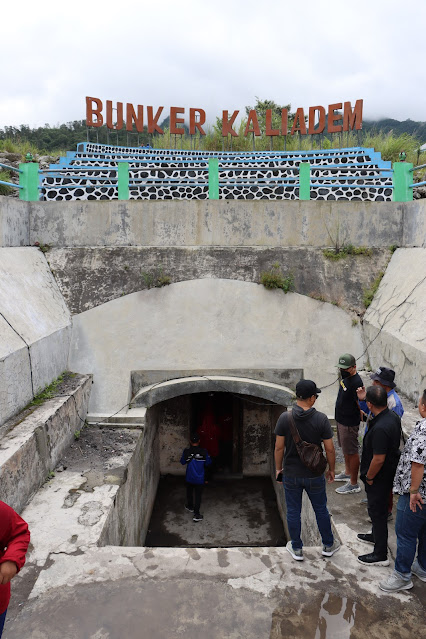








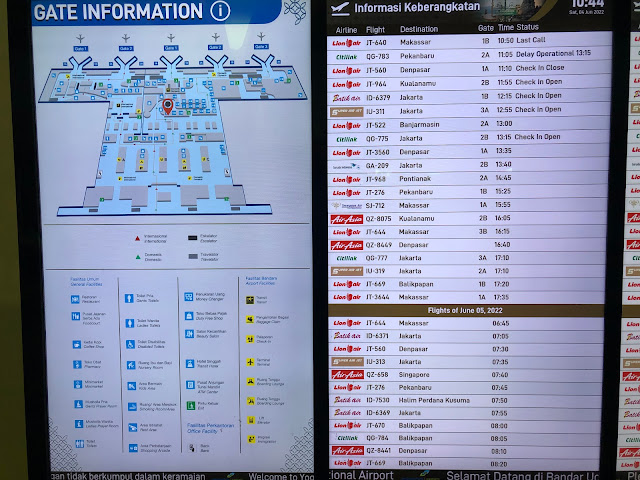



No comments:
Post a Comment